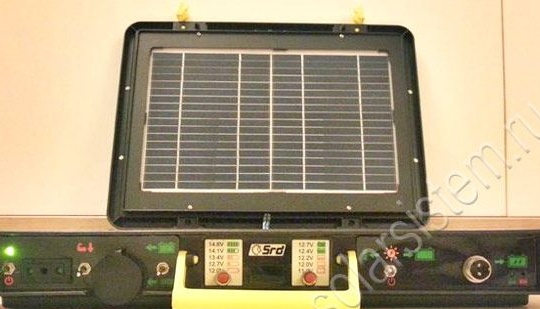
Here is an example of an excellent portable power station, which has the following characteristics: built-in battery, the ability to connect an external battery, the ability to charge them from the built-in solar battery, output to 220V, 12V and 5V. The whole system fits in one suitcase, which greatly facilitates its transportation. such a thing will always help you out in different situations, when you need electricity, and there are no sockets nearby.
Materials used to create this system:
1) 4 batteries 3.7 V 2600mAh.
2) inverter 12 \ 220 V
3) charge controller
4) solar cells
5) tool organizer
6) diodes
7) aluminum sheet
Let us consider in more detail the design of a portable solar power station.
To begin with, the author decided to assemble solar panels. They were made of several solar cells and produced a voltage of 12V each.
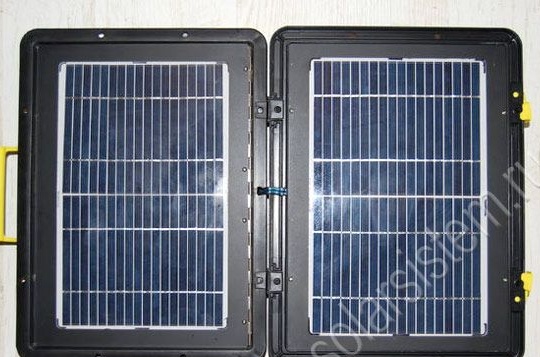
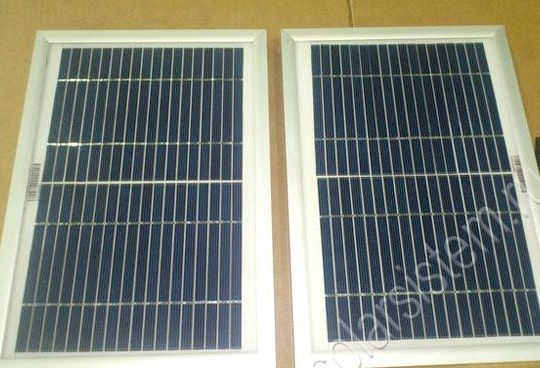
A 12 V small battery, or a Li-ion battery with a built-in charge controller, could be suitable as an energy storage device. The author of this system had 4 batteries with the following characteristics: 3.7 V 2600 mAh. In order to get the necessary 12 V, the author connected these batteries in series.
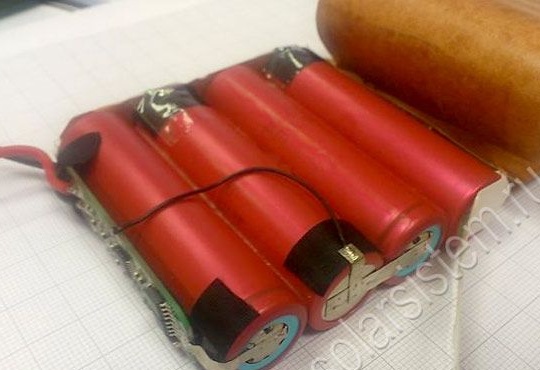
For the needs of the system, an inverter was purchased for converting 12 V into 220V variables, this is necessary so that it is possible to connect various household electrical appliances to the system: a TV, laptop, and so on.
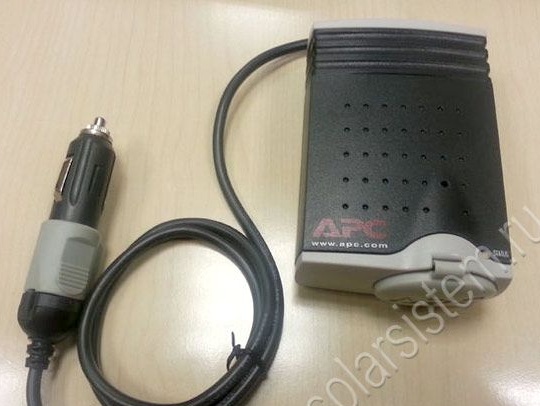
The organizer for the tool was chosen as the basis, but any suitcase or box suitable in size could be suitable. Having freed the organizer from the content, the author proceeded to the installation of the main elements of the system.
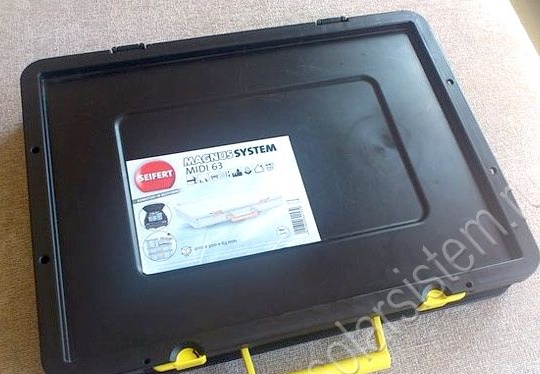
The author decided to place solar panels on the inner walls of the box. This was done on the basis of the need to protect the elements during transportation, since the solar cells themselves are very thin and fragile. Thus, during transportation, the elements will be protected by the walls of the organizer, and when it is necessary to recharge the batteries, simply open the organizer and expose the solar panels to the sun.

After installing the solar panels, the author proceeded to mark the location of the buttons, switches and sockets.
In order for everything to have an aesthetic appearance and the connectors were not mixed up, the author made and attached labels with the names to them.

The labels were printed on a laser printer, they indicated all the characteristics that you need to know for the proper use of the system. And in order for them to last a long time and not require replacement, the author decided to laminate them. Labels were glued to a box on double-sided tape.

The author recommends proceeding with the installation of all buttons and connectors after you have pasted the labels, this will greatly facilitate the task, since the places on the organizer will already be marked for each connector.
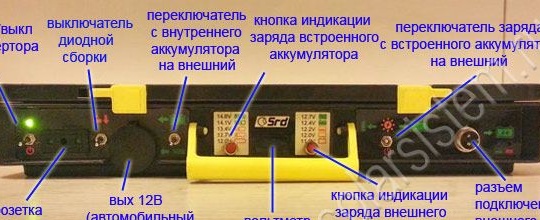
After installing the connectors, the author proceeded to fasten the main elements of the wiring, batteries and inverter inside the organizer. To reduce the size of the inverter, and to fit in the box, the author freed him from the full-time housing in which he was sold. The author also notes that when connecting power supplies to each other, it is necessary to use wires with a large cross section. This is necessary so that they cope with the strong currents that will pass. Thin wires at such capacities can simply burn out, taking away a good half of the entire system. However, they can be used to connect a digital voltmeter.
The following is the electrical diagram of this solar panel, which will facilitate understanding of its functioning and organization:

It should be noted that the battery charge controller was not indicated on the diagram, since it was built-in.
Also, the author did not fix the voltmeter button so as not to consume battery energy, if necessary, find out the remaining battery charge by pressing the button.
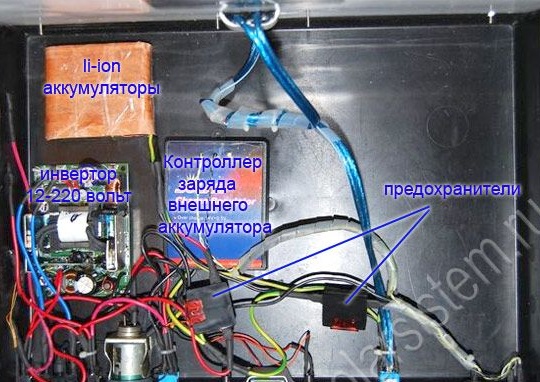

Also, the 12 \ 5 V converter, which is used for mobile phones, was not indicated on the diagram. In his capacity, the author used a standard cigarette lighter power adapter.

When assembling, there were some difficulties with the inverter, which did not work from a Li-ion battery, so the author resorted to diode assembly, it allows to bypass a similar problem. Again, to save energy after turning on the inverter, the diode assembly can be turned off.
Another of the features that the author encountered was that the diodes were quite hot. In order to solve the problem of overheating, the author placed diodes in radiators, which he made of sheet aluminum. The diode assembly itself was brought to the side of the organizer.
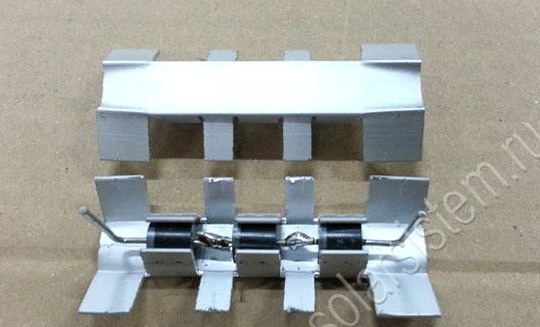
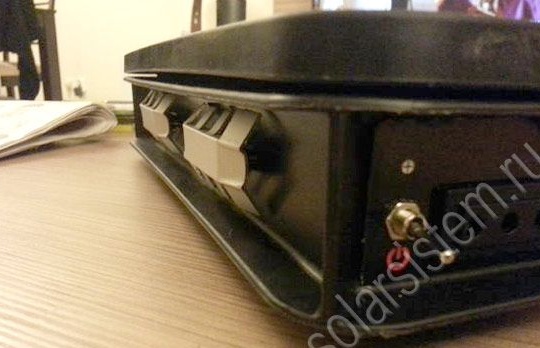
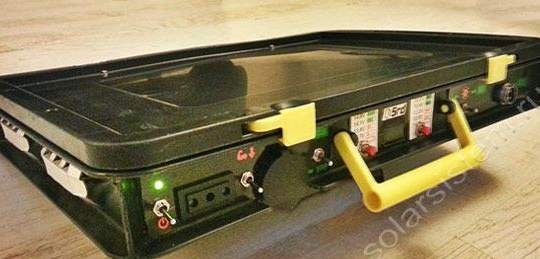
As a result, the author obtained a very compact and reliable power plant. It has the following dimensions:
length 400 mm, width 300 mm and height 65 mm. Such a suitcase is quite convenient to take with you, and it’s not difficult to carry, as its weight is less than four kilograms.
